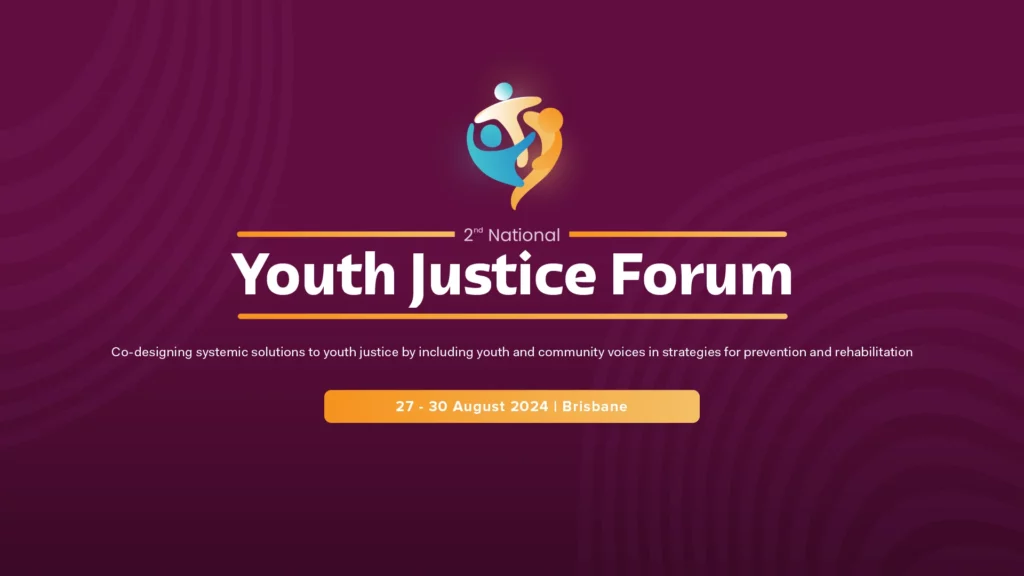What is the most important thing to remember when looking to secure a partnership?
Partnerships are a valuable revenue stream that can allow not-for-profits (NFPs) to increase their offerings to their members or the community, to grow their organisation, and to expand their reach, exposing the organisation to a wider pool of potential partners of supporters. While the benefits that a NFP organisation would receive from a partnership are clear,
it is just as important to consider the benefits that an organisation’s partner would receive.
What is the secret to a successful partnership?
The key to a successful partnership involves working towards a shared outcome to achieve mutual benefits. Ensure that the values and goals of your organisation align with those of your partner. Target organisations and companies that share your vision and aims to ensure the outcomes of the partnership will satisfy both parties. By having a strategic fit you will be able to better pitch your proposed partnership and, if the partnership eventuates, it is more likely to be a win-win situation, resulting in positive experience for both parties.
What are your five tips for NFPs wanting to establish a partnership?
1. Think about you want
What do you want to achieve from a partnership? What is required to achieve these aims? What do you already have and what would the partner need to provide? Would another NFP or a company be best suited to providing what you require?
2. Research potential partners
Based on what you would like to achieve, create a list of possible partners. Research their current and past projects, and partnerships, to ensure that your organisation fits with the type of relationships they pursue.
3. Add value to your partner’s organisation
Look for partnerships that will deliver mutual benefits. It’s a mistake to let your needs outweigh those of your partner. A win-win scenario can establish a long-lasting and positive relationship, and can bring about future opportunities.
4. Accept realities
Planning, establishing and fulfilling partnerships can a long process. There are often multiple stakeholders who need to be engaged and various agreements, compromises and actions to be made. Each partner should agree to contribute to the project and services to ensure mutually-beneficial outcomes. For NFPs, this often means being willing to do the ‘lion’s share’ by gathering data, writing applications to funding bodies, sourcing contacts and carrying out on-the-ground work.
5. Be flexible
Partnering with another party means your projects and services may evolve, so be open to ideas as to how further value can be added to the original concept. Remember, partnerships are about everyone achieving the best possible outcome and establishing positive relationships.
How should NFPs go about establishing a partnership?
Once you understand who you would like to partner with and the mutual benefits it would create, open the conversation with the company or organisation. This can be done by following these steps:
1. Email your proposal
Send an email that outlines the benefits of the potential partnership, the opportunities that it will provide them with and how it will achieve their key objectives. This could include improving community image, achieving corporate social responsibility and engaging with key target markets.
2. Follow-up with a phone conversation
Several days after sending an email, call the potential partner to explain who your organisation is and the opportunity you have for them. Be prepared by having supporting evidence ready to make your case as to why the partnership would benefit them. Be confident and clear, but don’t be forceful. Partnerships are based on positive relationships and clear communication, so it is important to be open and friendly from the beginning.
3. Set a meeting date
From Phunktional’s experience,
face-to-face contact is best as it brings both parties together to share their ideas, allowing the partnership agreement to organically grow from a seed into something bigger and better. Allowing the potential partner to share and add to your vision can increase the likelihood of a positive outcome as it encourages them to feel ownership of the idea.
4. Create a written agreement
When you have decided on the terms of the partnership, create a letter of agreement and have it signed by your organisation and your partner. Even if you have a good relationship with the contact or organisation, put your agreement in writing so that nothing is misunderstood or forgotten. People change careers and positions regularly, meaning the contact you secure the partnership with may not be the same person you deal with in the future. Having an agreement in writing will help minimise the possibility of future conflict and be a reference to help resolve any issues that may arise.
By following these basic steps, developing and managing a good partnership can be achieved to improve the effectiveness of your organisation and that of your partner.












































































































































